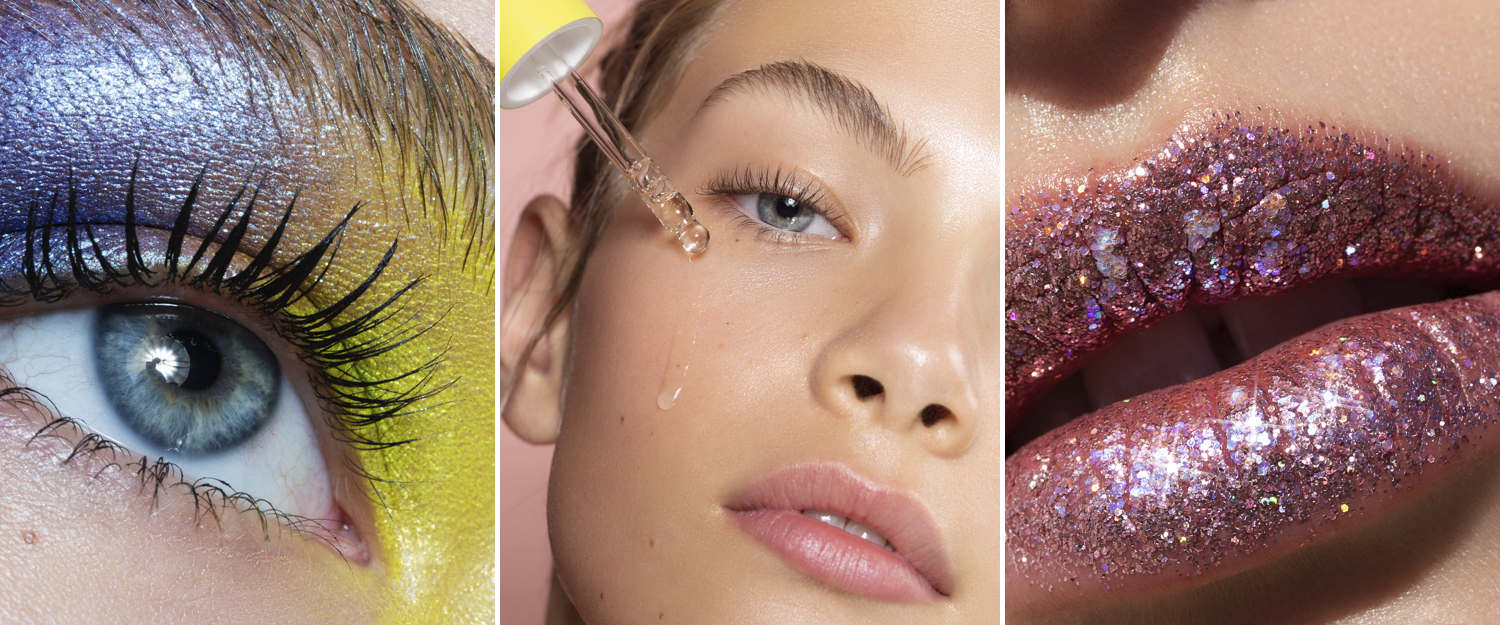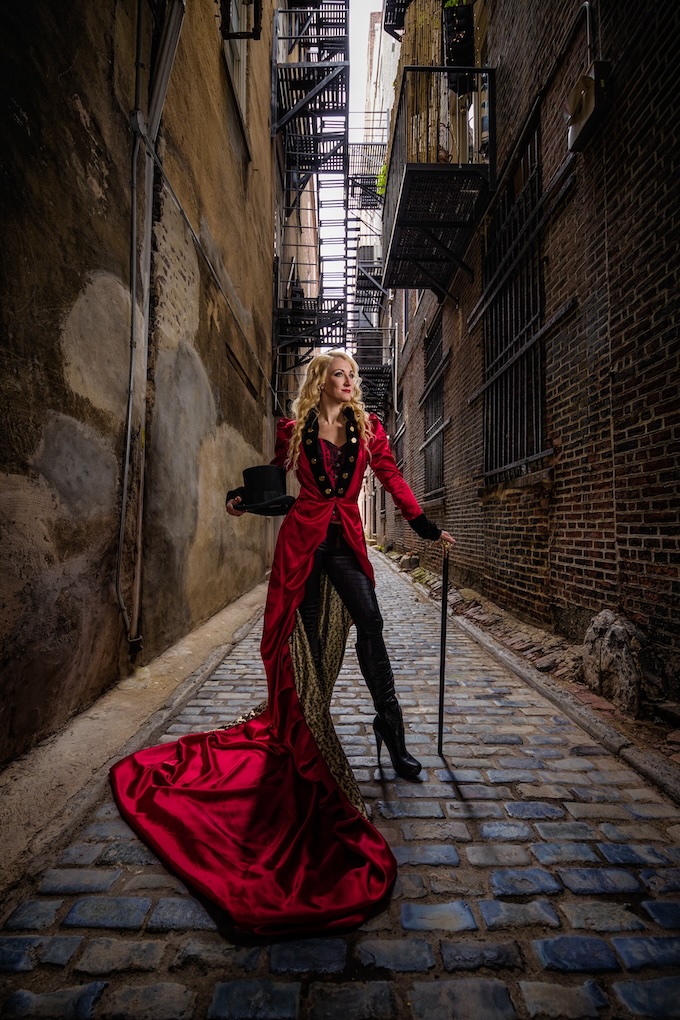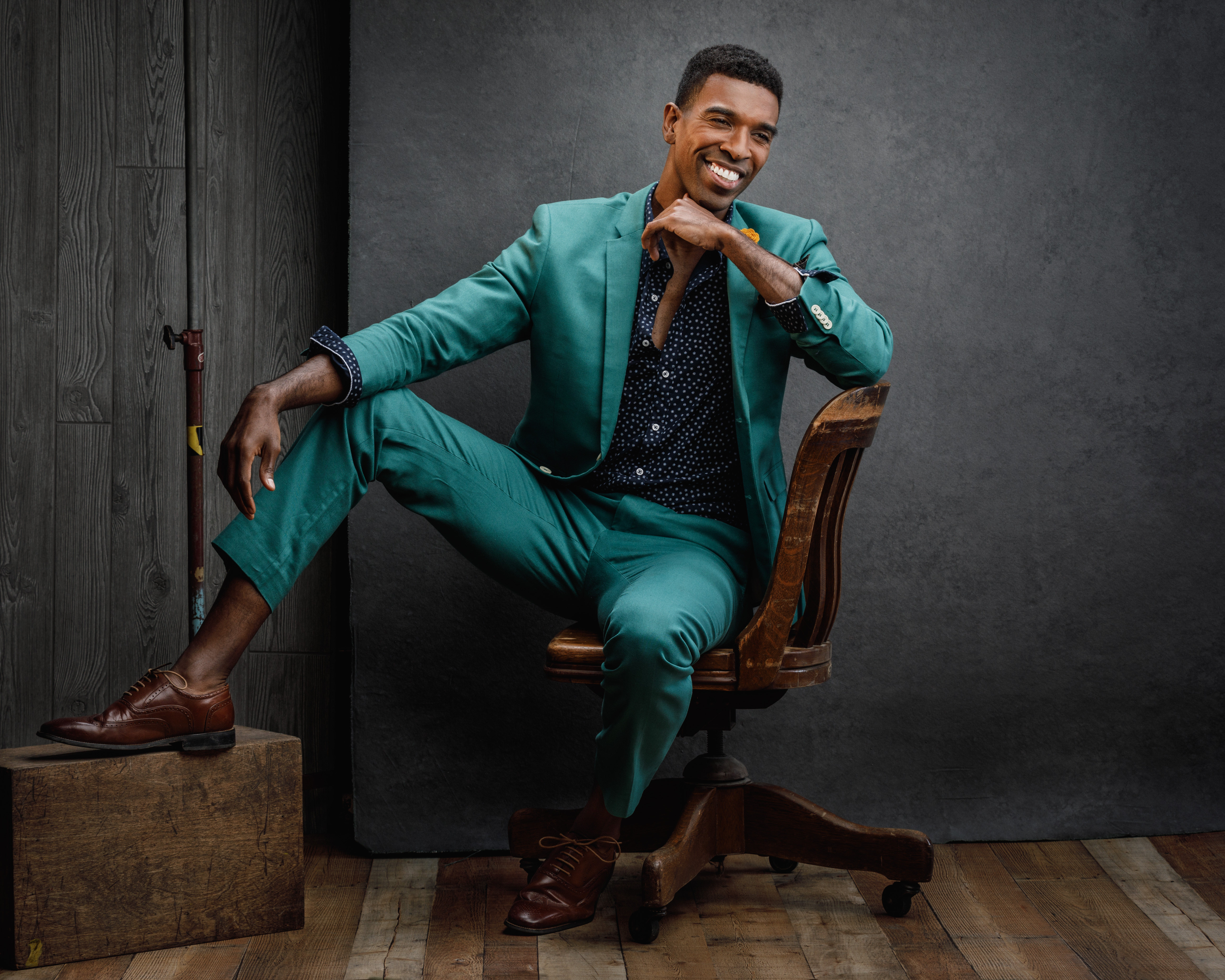Beauty, Glamour + Fashion
Changing Careers: From Scientist to Beauty Photographer
November 22, 2019
Coming into photography as a scientist, beauty was a natural niche for me. Attention to detail (both in the capture and retouching) as well as problem-solving (to figure out how best to light and capture the skin tone and makeup) are two traits that carry over from one field into the other.
I never wanted to be a photographer.
For as long as I can remember, I knew I wanted to be a scientist. Granted, the field of science I was interested in changed over the years, from marine biology and zoology when I was a child (I think every little girl wants to work with animals) to chemistry when I was in high school. As someone with a very analytical brain, I’ve always loved math. Once I had the freedom to choose my classes, my schedule was filled with every math and science class my school offered. I had a singular goal: to graduate with an academic scholarship to the University of Ottawa.
I succeeded, but I very quickly realized this wasn’t the learning environment for me. Preferring something more hands-on, I dropped out and transferred to another college. I then graduated at the top of my class and landed a job at Environment Canada, monitoring air pollution across the country for the Air Toxics group. My job was tedious and the days started blending together. I realized that this kind of work environment wasn’t for me either.
To take the edge off the monotony, I decided to start taking photos. I had never felt very artistic, nor had the talent to draw or paint or sculpt, so I chose photography because it seemed like the most analytical of the arts. In retrospect, both scientists and photographers generally have an innate curiosity about the world.
Photographing Your Way Out of Creative Roadblocks
By the time I was 26, I had moved on from air pollution and ended up at Natural Resources Canada, working for The Canadian Explosives Research Laboratory in the Hazardous Locations group—that’s basically a fancy way of saying I worked with and tested explosives. Despite a job that sounds exciting, having to go there every day made me miserable. So when my boyfriend got offered a job in Los Angeles, it was an easy decision to leave my career and try something new.
Truth be told, I had no idea what I was going to do in L.A. Being Canadian, options in the U.S. are limited without a work visa. But about a month after moving across the continent, I started interning with Mark Halper, a photographer who at the time was doing a lot of commercial and editorial work. I looked at it as a crash course in how to be a photographer, learning things like lighting fundamentals, how to write contracts and how to handle clients on set. I was a shy person who stuck to shooting landscapes and abandoned buildings, but he pushed me to start photographing people.
How to Create Luxury Beauty Photos Anywhere (and on a Budget)
Over the six years I assisted, the thing I was most afraid of—photographing people—became my favorite thing. By the time I was 32, I got my first work visa and could officially hang my shingle.
I tried almost every genre—food, fashion, still life, lifestyle, editorial portraiture, corporate events, documentary, interior architecture. I even shot a few weddings. It wasn’t until a couple years ago that I found my niche: beauty photography. I love people’s faces, their unique features, and how the anatomy changes with different expressions. And I enjoy the dynamic of being so close to my subjects when shooting.
Putting Your Models at Ease for Beauty Shoots
The inherent personality traits that made me a good scientist I think also translate into making me a good photographer. As a chemist, I needed to be incredibly organized, maintain a spotless laboratory and be very detail-oriented. These traits help in photography, but they also translate well to being self-employed. At the core, having to manage a laboratory and multiple on-going experiments is very similar to producing and running a shoot. If you’re disorganized or simply not self-motivated, everything can fall apart very quickly. As a former scientist and now a photographer, I feel my role is often times “problem-solver.”
Then there is the actual nature of photography. Photography is all about the behaviour of light, and the behaviour of light can be explained via some simple principles of physics. Because I already had an extensive background in chemistry and physics, I think I had an innate understanding of how to see light and predict what it would do.
It can be daunting to think about completely upending your life and changing careers, and turning a hobby into a job. If I can offer you three pieces of advice, they would be:
It’s OK to have a “safety net”
When I decided to leave Natural Resources and move to Los Angeles, my contract allowed me to take a five-year leave of absence. That meant that my job would be held for me and I was free to walk back into it if my new life didn’t work out. I knew I did not want to go back there, but it was definitely a comfort knowing I could.
Nothing worth doing is easy
Remember how much work you put into your first career? It’s probably going to take just as much (if not more) time to get established as a photographer. Don’t get frustrated when things aren’t moving as quickly as you’d like them to.
Creativity comes in all forms
Just because you may not have a “creative” job does not mean you are not creative. For me, photography is still a fairly analytical process; I’m capturing something that already exists. I don’t have to worry about creating something out of nothing.
Although, I’m trying to be more creative and less scientific in my thought processes, at the end of the day I’ll always be a scientist at heart, and I’m embracing my analytical nature as a pro to my work rather than a con.
Angela Marklew is a beauty, fashion and portrait photographer based in Venice, California. Before she was a photographer, she worked as a chemist testing explosives for the Canadian government.





